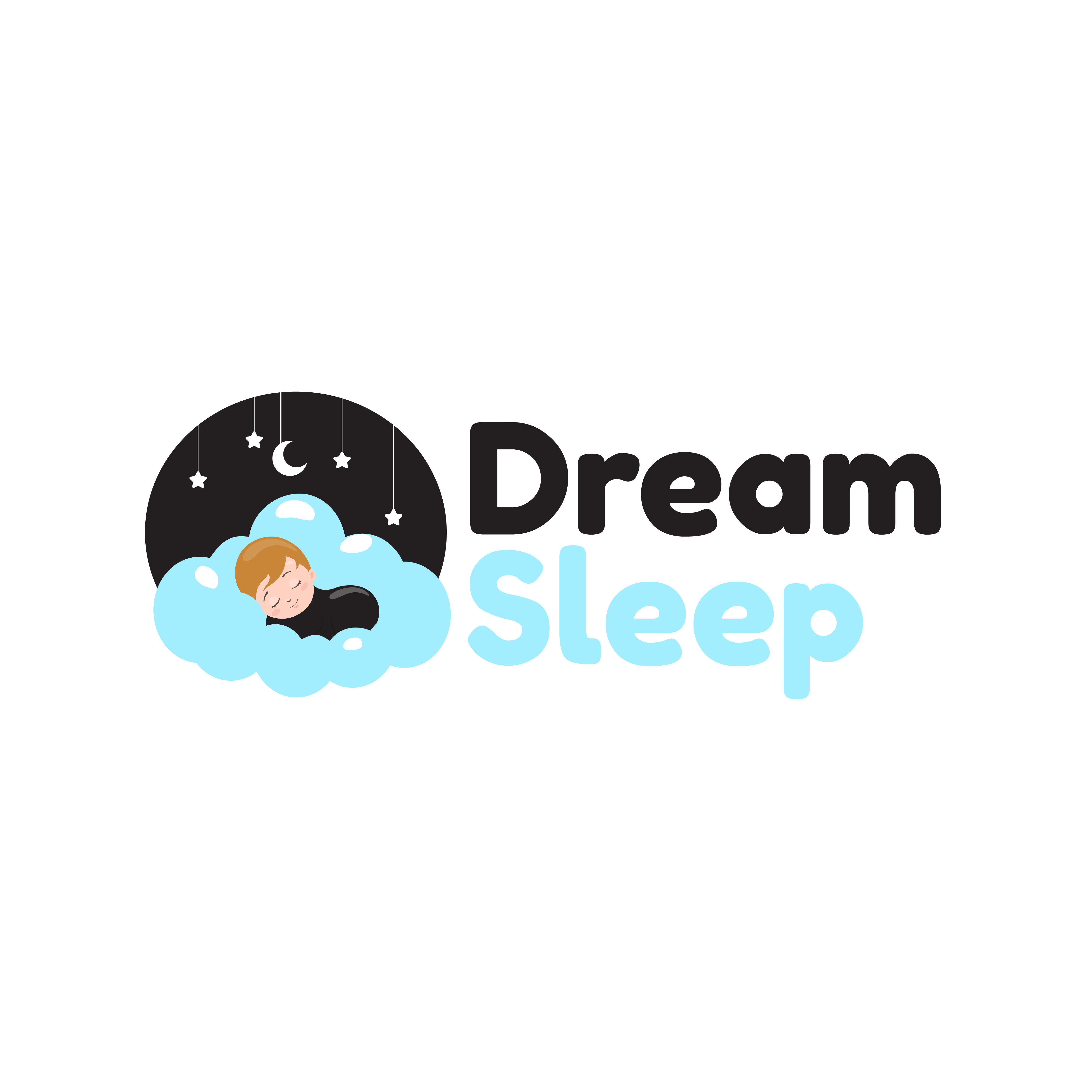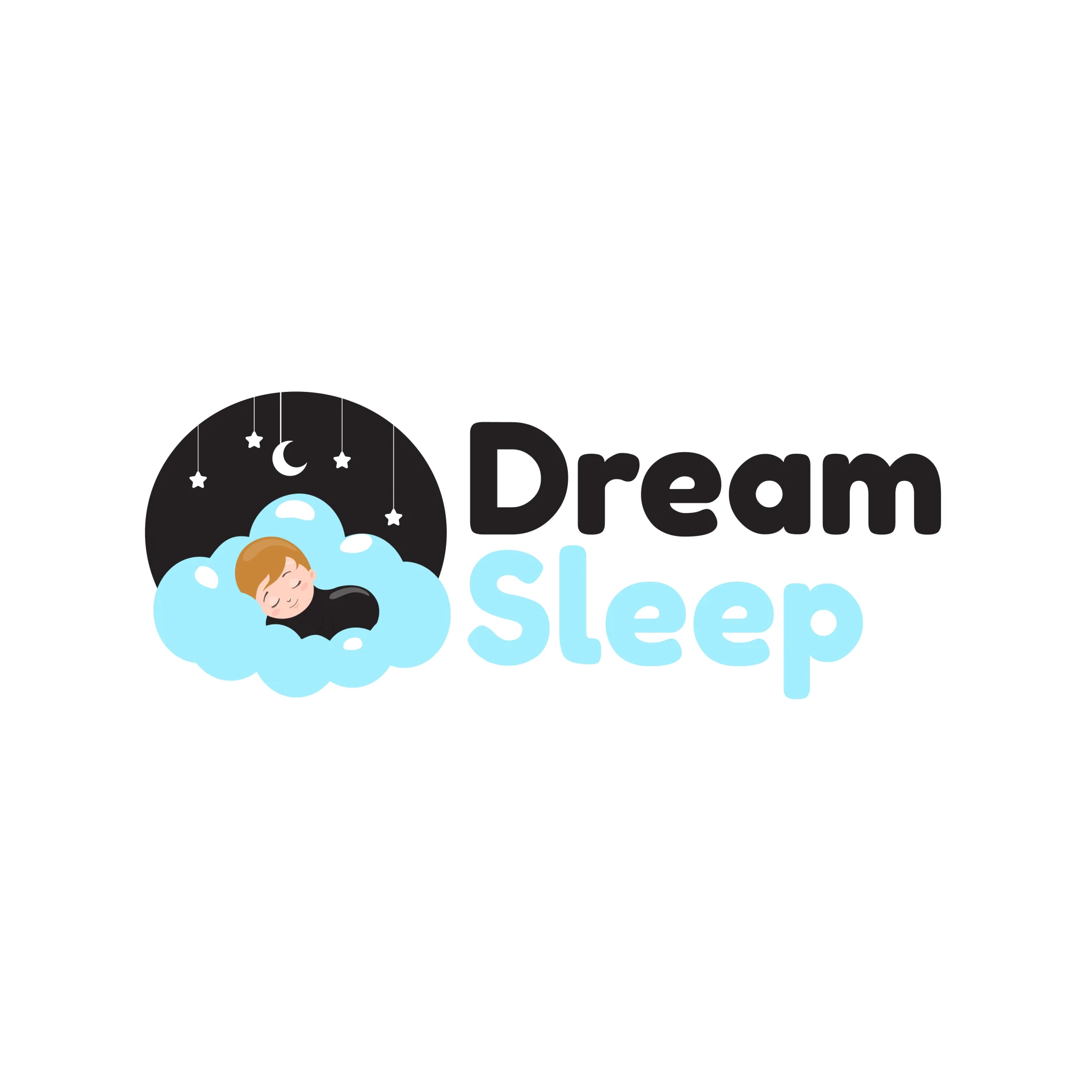How to create the perfect sleep environment
Creating an optimum sleep environment for babies is important for their overall well-being and quality of sleep. Here are some recommendations for creating a conducive sleep environment for babies:
1. Temperature: Maintain a comfortable room temperature between 20°C and 22°C (68°F to 72°F). Avoid overheating or excessive cold, as both can disrupt sleep.
2. Darkness: Ensure the room is dark enough for the baby to sleep. Consider using blackout curtains or blinds to block out external light sources, especially during daytime naps.
3. Noise: Keep the room quiet and peaceful during sleep times. Use white noise machines or fans to create a consistent, soothing background noise that can help drown out any disruptive sounds.
4. Safety: Create a safe sleep space for your baby. Use a firm cot or bassinet with a well-fitting mattress, and remove any suffocation hazards such as pillows, blankets, or stuffed animals. Place your baby to sleep on their back to reduce the risk of Sudden Infant Death Syndrome (SIDS).
5. Comfortable bedding: Choose comfortable and appropriate bedding for your baby. Use a fitted crib sheet that fits tightly around the mattress, and avoid loose bedding that can pose suffocation risks.
6. Consistency: Establish a consistent bedtime routine to help signal to your baby that it’s time to sleep. This routine could include activities like a warm bath, reading a book, or gentle rocking. Consistency helps babies feel secure and prepares them for sleep.
7. Dim lighting: Use dim lighting during nighttime feedings or diaper changes to minimise stimulation and help your baby understand that it’s still nighttime.
8. Avoid screens: Avoid exposing your baby to screens (TV, tablets, smartphones) before bedtime, as the blue light emitted from these devices can interfere with their sleep.
9. Comfortable clothing: Dress your baby in comfortable, breathable sleepwear suitable for the room temperature to ensure they stay cozy throughout the night.
Remember, every baby is different, and it may take some trial and error to find what works best for your little one. Pay attention to your baby’s cues and adapt the sleep environment accordingly.
If you have specific concerns or sleep difficulties, it’s best to consult Dream Sleep Occupational Therapy who can evaluate your situation and provide personalised sleep plan including recommendations and interventions.
To contact Dream Sleep Occupational Therapy via email info@DreamSleepOT.com.au or visit the website.
Or Book Now

Share this:
Leave a comment
Previous Post

For the best sleep possible
Dream Sleep Occupational Therapy provides evidence-based and personalised advice to support your family’s best possible sleep
Contact Us
Open Hours
Mon-Fri: By appointment only
Saturday: Closed
Sunday: Closed
Public Holidays: Closed
WA School Holidays: Closed
Location
Maylands, Western Australia.
Telehealth, online courses and sleep guides- worldwide
All Rights Reserved 2025 Dream Sleep OT.


